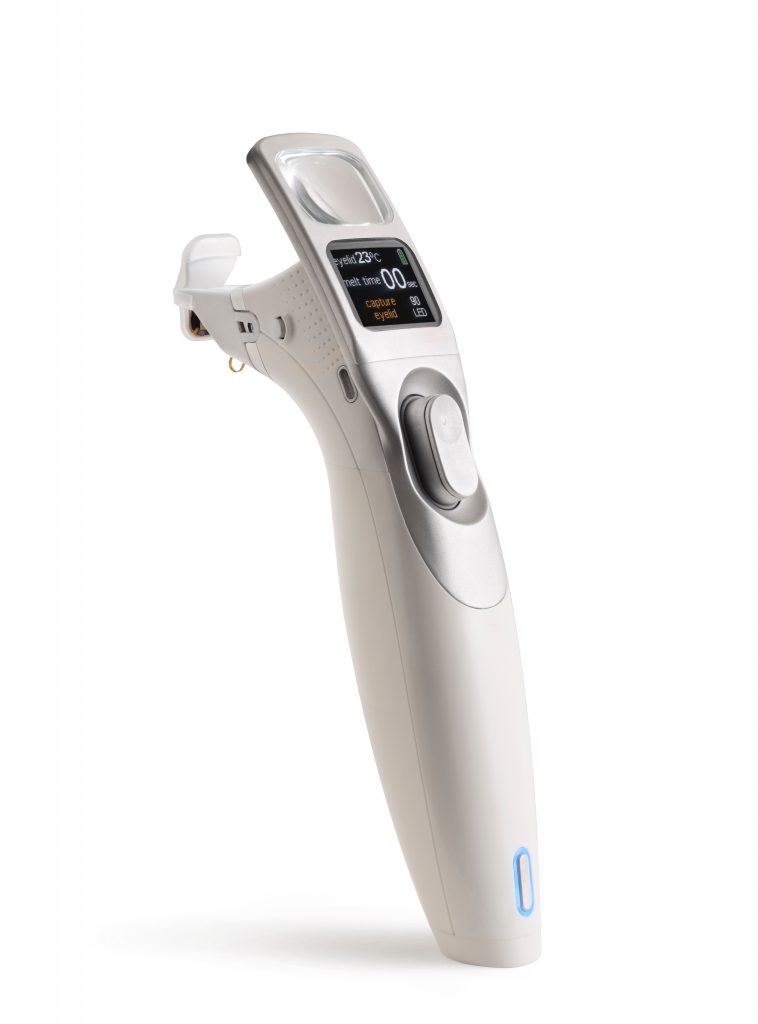Meibomian glands are located in the eyelids and secrete oils into the tear film. The oils retard evaporation of the water component of our tearfilm and lubricate the ocular surface. Meibomian gland dysfunction (MGD) occurs when the glands produce abnormal oils. The abnormally thinkened oil secretions block the gland orifices causing inflammation. Eventually the blocked inflamed meibomian glands lead to their destruction and a reduction in the oil layer of the tearfilm. This abnormal oil layer exacerbates evaporative dry eye disease. In addition, inflammation of the glands contributes to the formation of styes and chalazions. I-Lux treats Meibomian Gland Dysfunction by the application of light-based heat and compression under direct visualization. I-Lux unblocks the glands encouraging the formation of healthy oils. Heating the lids liquifies the solidified oils and allows compression to express the contents of the glands. I-Lux is a painless office based procedure.
Blephex
Ilux is often combined with Blephex.
Meibomian gland dysfunction is known as MGD. An abnormal biofilm composed of bacteria creates a slimy and sticky film on the eyelid margin. As we age this biofilm thickens and starts to release agents that cause inflammation. The orifices of the meibomian gland open onto the lid margin. The biofilm starts to cover the gland orifices and contribute to the inflammatory process that results in the glands dysfunction and obstruction. Additionally Demodex mite infestation can also contribute to the inflammation of the gland and the mite actually feeds on the biofilm. BlephEx is a device utilizing a spinning sponge to remove the biofilm performing a microblepharoexfoliation. Ilux works best when combined with Blephex. In addition to removing the biofilm it can aid in removing any keratin which may be covering the meibomian gland orifice increasing the efficacy of the subsequent Ilux treatment .
